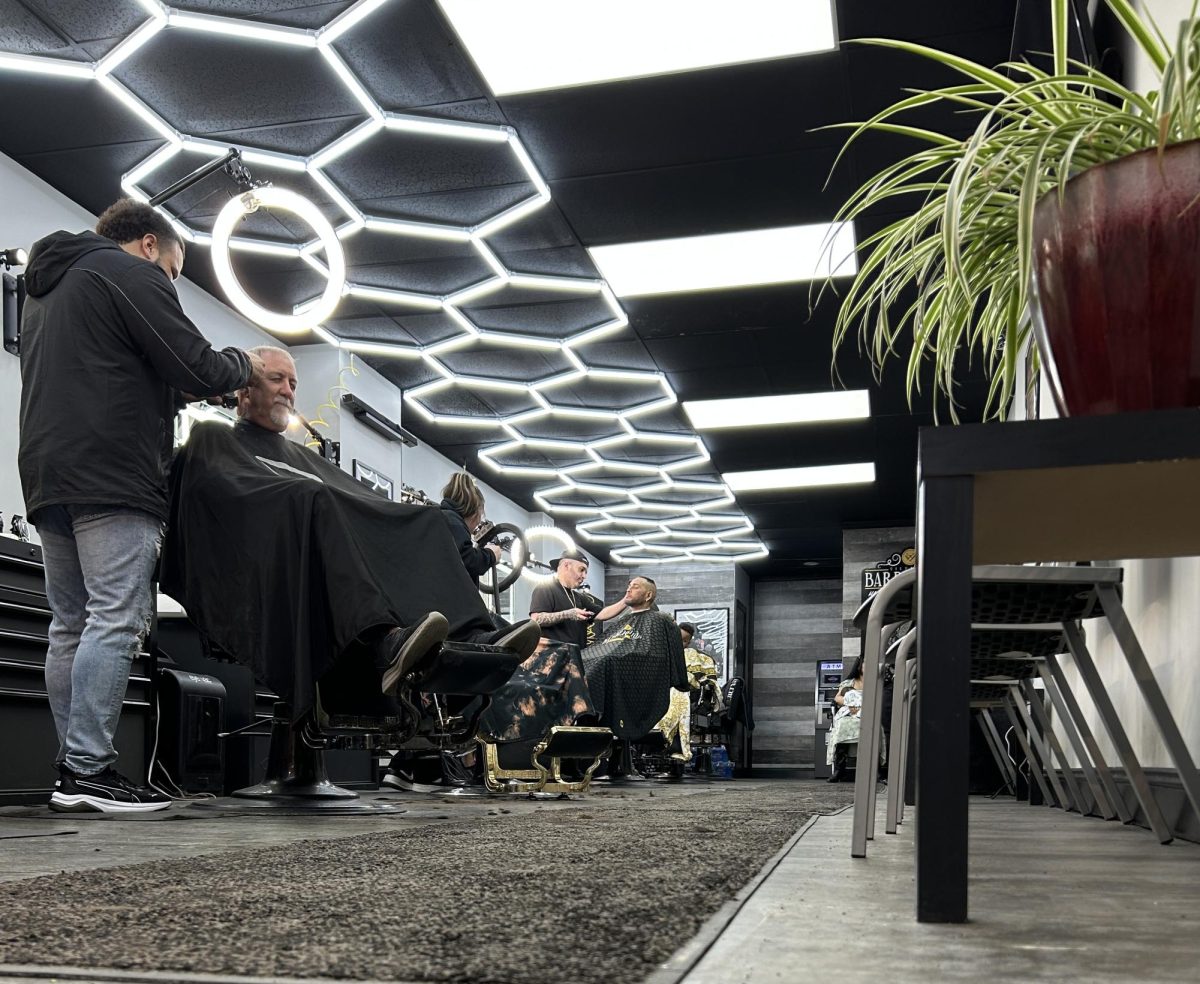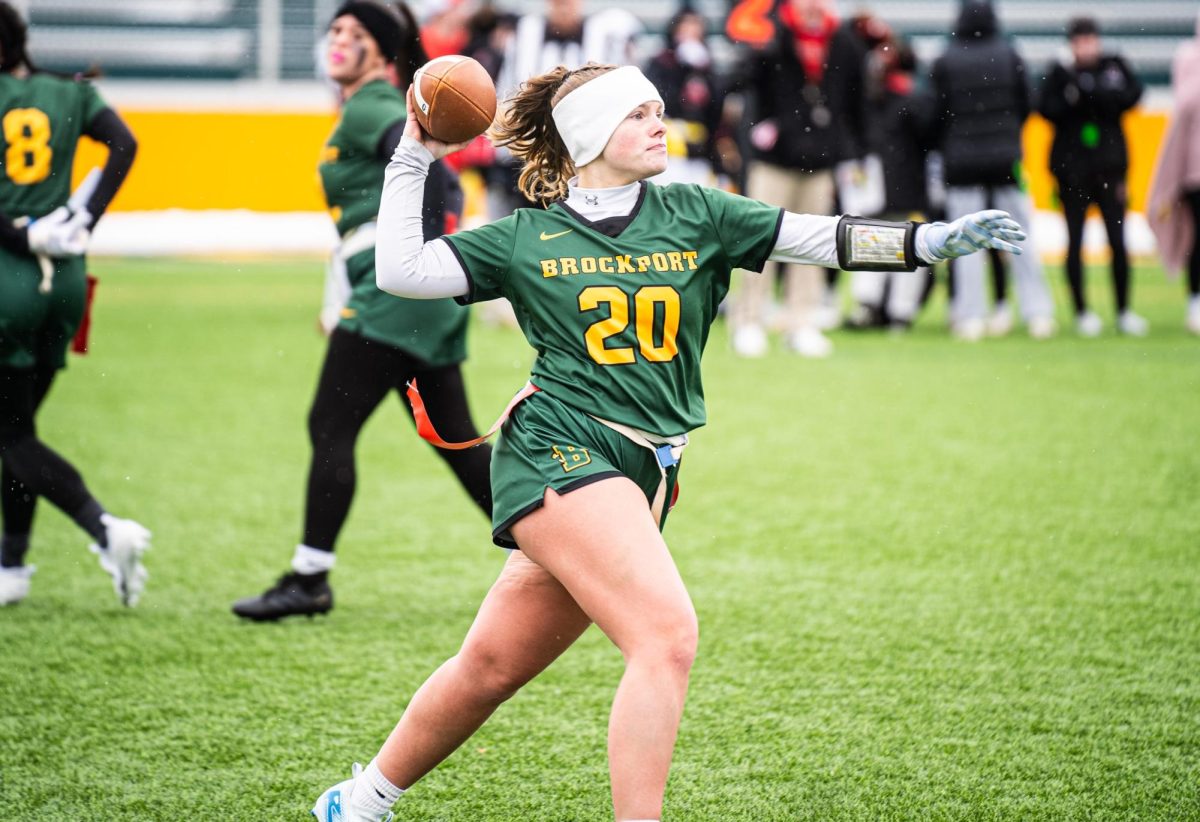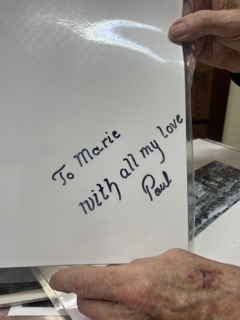
By: Erika Curtis
Canalside Chronicles Staff
While most of the country was reeling over the political and moral turmoil brought on by the Civil War, Fannie Barrier Williams was living out a peaceful childhood alongside the majority white community of Brockport, NY. Unencumbered by the racial division due to a community that embraced her family regardless of race, Williams spent most of her childhood from her birth in 1855 in the village alongside her two siblings, her parents and the rest of rural Brockport with a 99 percent white-majority.
According to Wanda A. Hendricks, a historian and biographical researcher on Williams, the small black population posed no real threat to the whites of the area. Since there was no money to do so otherwise the few black families lived, learned and worshiped alongside the rest of the community with no real presence of racial discrimination or discomfort.
Charles Cowlingis the archivist at the College at Brockport’s Drake Memorial Library where he spends much of his time in the basement Rose Archives processing and placing important scholarship for subjects spanning from psychology to sports medicine. He has taken a special interest in the lost activist Fannie Barrier Williams.
“It wasn’t until she moved down to Missouri after graduating from the Brockport Normal School, then a teaching academy, that she was really slapped by the heart of Reconstruction-era southern hatred of blacks and faced discrimination perhaps for the first time in her life,” said Cowling. “She lived a pretty sheltered life up here. Had she not gone down south and experienced the things she did she probably would have never become an activist.”

Williams’ parents were both of mixed race which ultimately gave her an elevated and privileged status within the Black community when she began her travels around the country later on. Her childhood, however, saw no sides to racial discrimination. In an autobiographical journal article, she describes her time growing up in Brockport as full of “innocence” as she spent her time going to school with the neighborhood kids, playing with her siblings in the evenings and worshiping at the Frist Baptist Church with her parents and the rest of her community.
It was not until she graduated from the Brockport Normal School in 1870, the first African American woman to do so, and moved down to Missouri, then Washington D.C. shortly thereafter that she found the lives of most other African American women markedly different from hers. It wasn’t until she moved to the Midwest in a suburb of Chicago that was a fair middle-ground between her idyllic Brockport and the hellish south that she found her voice in activism.
Williams spent the majority of her adult life outside of Chicago when she wasn’t travelling around the country. When her husband died in 1921, Williams and her sister returned to their home village of Brockport where she would remain until her death in 1944. After a lifetime of activism on the behalf of Black women everywhere, Williams was an inspiration to many, including close personal friends Ida B. Wells, Booker T. Washington and Fredrick Douglass with whom she worked with and alongside for much of her activism and became an integral part of Progressionist era US.
























